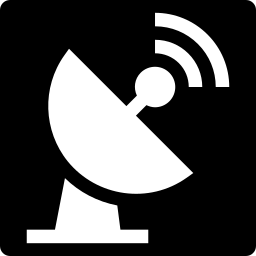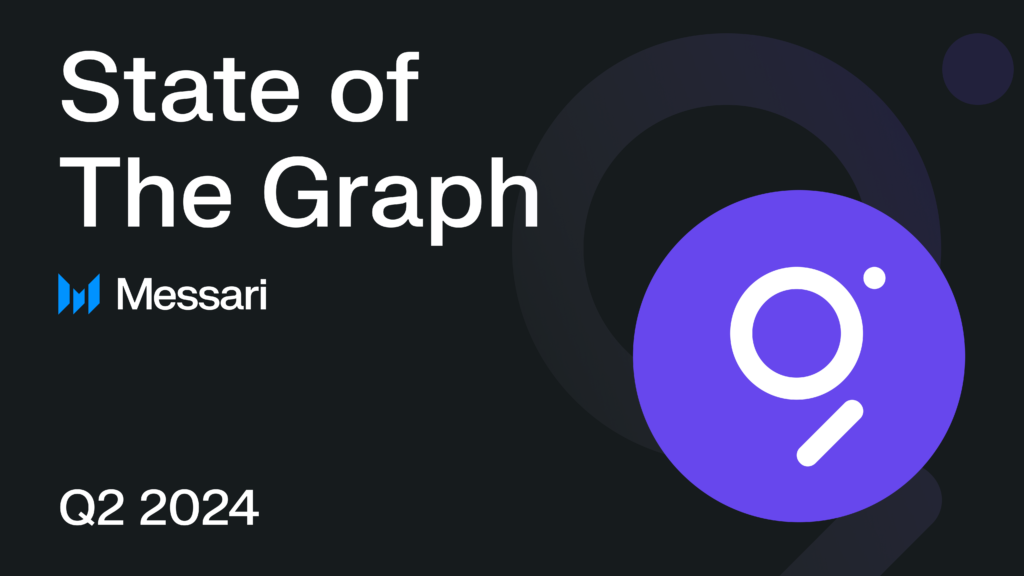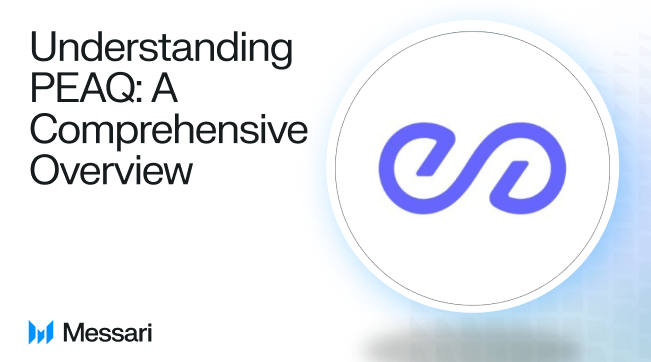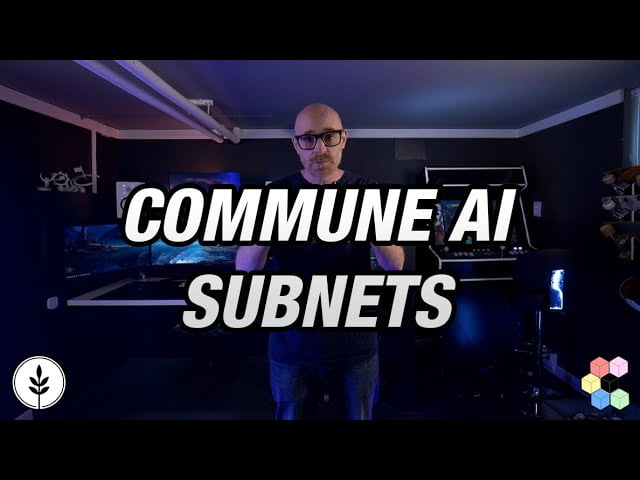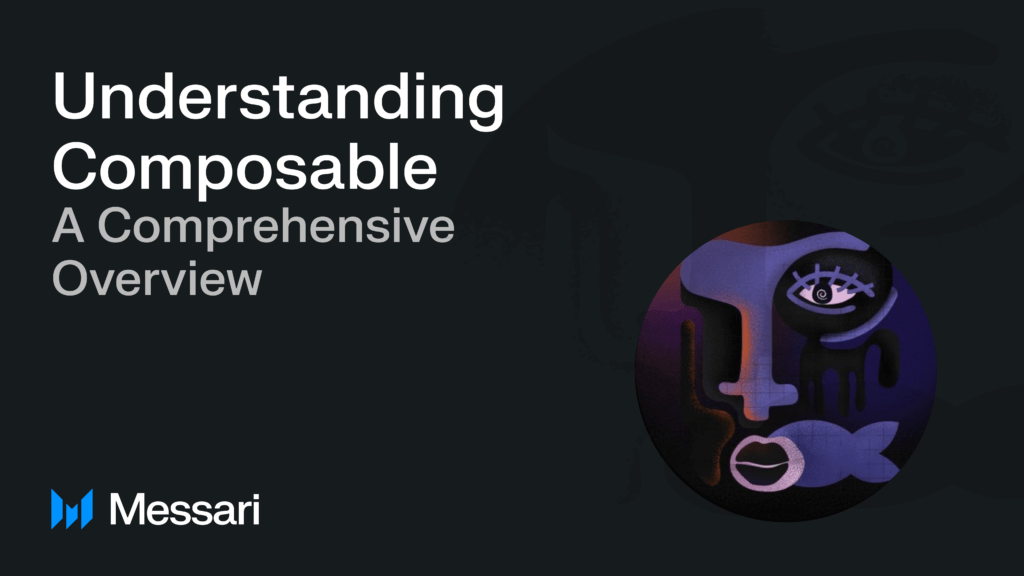Research Summary
The report discusses the release of Alloy 0.1, a rewrite of the low-level building blocks for interacting with EVM blockchains. The release includes API improvements and new features, and the report highlights the reworked Provider Middleware architecture, RPC Types Abstraction, the sol! Macro, and extensive documentation and tests. The report also outlines the future plans for Alloy.
Key Takeaways
Alloy 0.1 Release
- Alloy 0.1 Launch: The report announces the release of Alloy 0.1, a rewrite of the low-level building blocks for interacting with EVM blockchains. The release includes API improvements and new features, and the report encourages users to transition from ethers-rs to Alloy.
- Provider Middleware Architecture: The report highlights the reworked Provider Middleware architecture in Alloy, which includes Transport Layers, Provider Layers, and Fillers. This new architecture allows for more flexibility and customization in interacting with the network.
- RPC Types Abstraction: The report discusses the RPC Types Abstraction in Alloy, which allows for more differences in RPC types and supports more networks than just Ethereum. This feature is designed to accommodate the increasing trend towards multichain operations.
- The sol! Macro: The report introduces the sol! Macro, a rework of the abigen macro used to generate type-safe bindings to a contract’s ABI. The sol! Macro allows users to paste Solidity in it, and it will generate bindings for it, even allowing support for custom types.
- Extensive Documentation and Tests: The report emphasizes the extensive documentation and tests provided with the Alloy release, including the Alloy Docs, Alloy Core Docs, Alloy Examples, and the Alloy Book. The report states that making the docs excellent is a top priority.
Actionable Insights
- Consider Transitioning to Alloy: Given the improvements and new features in Alloy, users of ethers-rs may want to consider transitioning to Alloy. The report provides extensive documentation and examples to assist with this transition.
- Explore the New Provider Middleware Architecture: The reworked Provider Middleware architecture in Alloy offers more flexibility and customization in interacting with the network. Users may want to explore these new features to enhance their operations.
- Take Advantage of the RPC Types Abstraction: With the increasing trend towards multichain operations, users may want to take advantage of the RPC Types Abstraction in Alloy, which allows for more differences in RPC types and supports more networks than just Ethereum.
- Utilize the sol! Macro: The sol! Macro allows users to paste Solidity in it, and it will generate bindings for it, even allowing support for custom types. Users may want to utilize this feature to enhance their operations.
- Review the Extensive Documentation and Tests: The report provides extensive documentation and tests with the Alloy release. Users may want to review these resources to better understand and utilize the features of Alloy.


